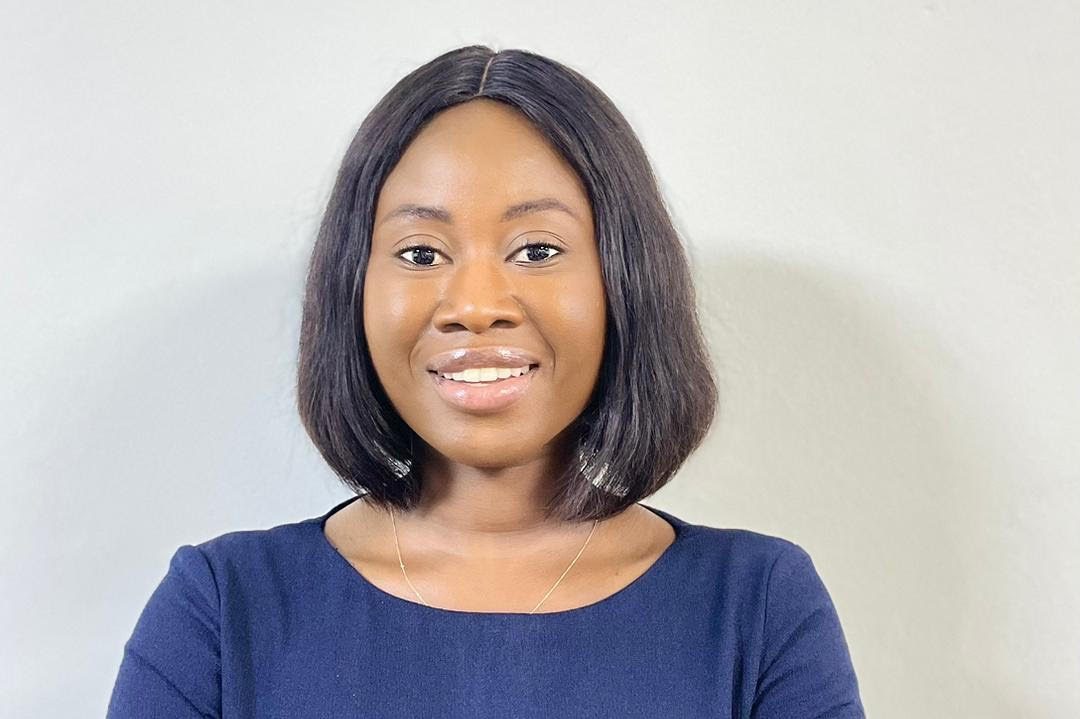Antoinette Bonita Kamau is the CEO of Commken Afrique Ltd based in Nairobi, Kenya.
Diversity and inclusion (D&I) are no longer afterthoughts in the current economic landscape. Bringing together a diverse group of people who each offer a unique perspective and set of skills and have unique voices to bounce and leverage ideas that impact disruption and innovation gives you a major leg up, no matter the industry. This is one of those rare approaches to which there is no downside. But what does D&I mean? Having a diverse and inclusive workplace means that everyone feels equally involved and supported in ALL areas of the organization, regardless of their background or role.
WHY DIVERSITY AND INCLUSION MATTER
People with different backgrounds are more likely to pose innovative solutions than homogenous ones. Talent from diverse backgrounds lends to a more cohesive team environment by providing unique perspectives based on past experiences that others may not have considered. Plus, team members can play off each other’s strengths offering a blend of working styles.
Moreover, diversity encompasses the blends of personalities – the balance of risk-takers and pragmatists, introverts and extroverts – transforming the workplace into a melting pot of ideas that help spark innovative thinking. Odds are, your audience consists of a wide variety of perspectives, including a range of backgrounds and demographics to your working team can help you communicate more effectively with different audiences. Not to mention consumers and clients want to see representation. More and more consumers are actively seeking to support brands that take a stance on issues that matter to them. Having an inclusive team with employees of all different backgrounds will lead to a better understanding of the nuances of the different audiences they are trying to reach.
Disrupting the status quo and standing out from the crowd creates higher loyalty with current and potential consumers.
When employees feel included, they’re more engaged, and who doesn’t want that for their company? Highly engaged employees go the extra mile for the organization. This higher engagement ripple effect on profitability, team morale, and retention.
HOW DO WE ACHIEVE AND RETAIN DIVERSITY?
Of course, creating a diverse and inclusive workplace is easier said than done. There will always be growing pains when attempting to change your company culture on such a broad scale.
Start small by creating room for conversation. It’s imperative to acknowledge that diverse perspectives improve business and client outcomes, and by embracing different voices, you’ll fuel innovation. It’s easy for extroverted people to dominate conversations in meetings, presentations, or brainstorms, creating a space that allows each person to share their thoughts comfortably. Open a direct dialogue with all participants. By inviting each person’s voice, you might just come up with the solution you’ve been looking for and build trust within your team.
As you become a more diverse organization, do a deep dive into your current practices, and conduct a comprehensive evaluation of your workplace. Facilitating workplace diversity may mean creating new policies or amending current ones system-wide, from recruitment to performance evaluations and promotions. Everyone should have a fair opportunity at employment, which often involves recruiting candidates from underrepresented groups to diversify your hiring pool.
Many companies need standardized grievance redressal mechanisms. Check for your unconscious biases by having periodic anonymous surveys – and looking for patterns in the responses amid your senior or junior talent, diverse and other talents will help clarify where we’re failing and what’s working.
Embracing diversity and inclusion is crucial for marketing and communication teams to truly become innovators and disrupt the industries they are involved in. A blend of perspectives is needed for the creative process, so building diverse environments sets businesses up for success. No organization, company, region, or state can fully prosper while systematically excluding significant segments of its participants from equitable opportunity. We cannot compete in a national or global economy with so much of our talent marginalized and sidelined.





